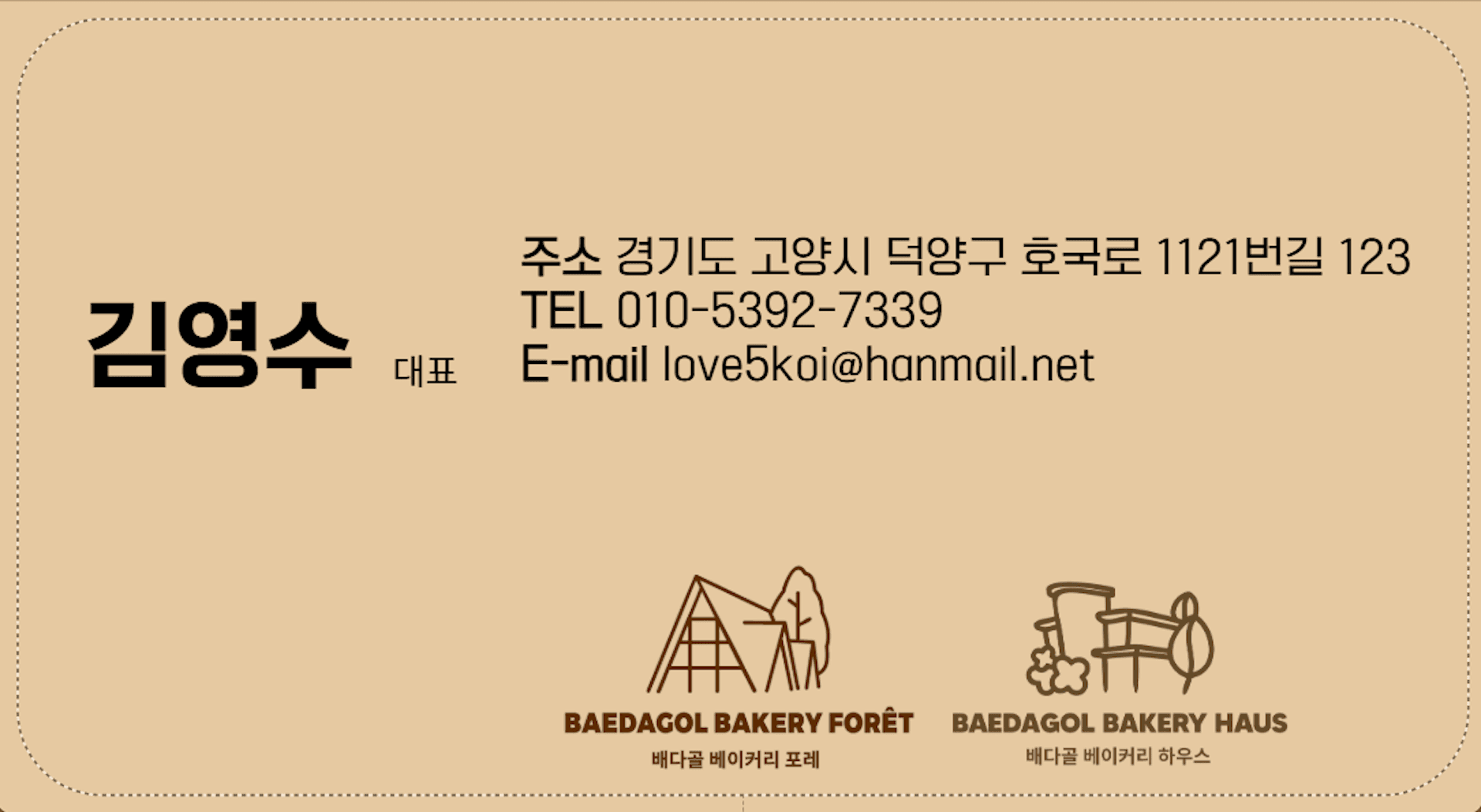Goryeo Dynasty (918–1392)
Goryeo Dynasty (918–1392) forged Korea’s medieval identity—renowned for celadon, early printing including the Tripitaka Koreana, vibrant Buddhism, and resilient statecraft.
Cultural Achievements of the Goryeo Dynasty
- Foundation (918) — Wang Geon unites the Later Three Kingdoms and founds the realm with its capital at Gaegyeong (Gaeseong).
- State Buddhism — Monastic patronage shapes kingship, art, and diplomacy, blending Seon (Zen) with scholastic traditions.
- Printing Revolution — Advances in woodblock and early movable metal type; the monumental Tripitaka Koreana (13th c.).
- Korean Celadon — Jade-sheen glazes and sanggam inlay reach global renown; kilns flourish in Gangjin and Buan.
- Maritime Trade — Networks link Song China, Japan, and beyond; ceramics, books, and textiles circulate across East Asia.
- Resilience & Reform — Khitan, Jurchen, and Mongol pressures spur administrative, military, and diplomatic change.
Politics and Society
The dynasty emerged from civil war yet established a durable bureaucracy anchored in aristocratic lineages and examinations. Kings balanced powerful clans and religious institutions, while provincial officials managed taxation and corvée. Land policy and military reform recurred, especially after invasions exposed fiscal and logistical weaknesses.
Urban life centered on Gaegyeong’s markets, monasteries, and government courts. In the countryside, farmers cultivated paddies and dry fields; taxes in grain, cloth, and labor sustained the state. Merchants and craft guilds expanded with maritime exchange, even as elites debated the ethics of commerce within Buddhist and Confucian frameworks.
Religion and Buddhism
Monastic patronage shaped ritual, public works, and aesthetics. Seon meditation lineages coexisted with scholastic schools; lay devotion flourished through icon painting, reliquaries, and pilgrimage. Compassion ethics underpinned relief projects during famine and war, while estates managed lands, libraries, and workshops.
The carving of the Tripitaka Koreana—over 80,000 woodblocks—sought spiritual protection and codified the canon with extraordinary accuracy. Alongside experiments with movable metal type, these feats mark a milestone in world book history.
Korean Celadon and the Arts
Potters perfected the translucent jade-green glaze that became a hallmark of the era. The sanggam inlay technique—filling carved motifs with white and black slips—produced elegant vessels, pillows, and incense burners. Court workshops created Buddhist bronzes, lacquerware with mother-of-pearl, and silk textiles, while painters rendered gentle landscapes and devotional icons.
Printing and Knowledge Networks
Scholars, monks, and artisans collaborated in scriptoria producing sutras, law codes, calendars, and medical texts. Vast woodblock libraries and early metal movable type spread knowledge across monasteries and foreign courts. Exchange with Song China introduced ideas in science and navigation; diplomatic missions gifted books and ceramics, reinforcing prestige.
War, Trade, and Resilience
Geopolitically, the kingdom navigated Khitan Liao, Jurchen Jin, and Mongol empires. Fortifications, riverine defenses, and coastal fleets protected key corridors. After Mongol incursions in the 13th century, royal marriages and vassalage obligations reoriented diplomacy, yet cultural production endured. Maritime trade—ceramics, paper, and ginseng—sustained urban markets and craft specialization.
Legacy and Popular Culture
The Goryeo Dynasty bequeathed institutions, artistry, and texts that inform Korean identity. Celadon aesthetics influenced later Joseon porcelain; printing techniques foreshadowed modern publishing. In public memory, kings, monks, and artisans appear in museums and curricula. Contemporary media—historical novels and dramas—extend this legacy, introducing the era’s aesthetics and ethical dilemmas to global audiences.
Historically, the realm’s conclusion set the stage for reformist currents and the rise of the Joseon Dynasty. For the broader arc, see the earlier Three Kingdoms period, whose regional dynamics framed Goryeo’s emergence.
FAQ — Key Points
What defines this era? A synthesis of Buddhist statecraft, maritime trade, refined celadon artistry, and innovations in printing, highlighted by the Tripitaka Koreana.
Why is it important globally? Early large-scale printing, advanced ceramic technologies, and cross-cultural exchange across East Asia.
Dataset access
- Download Korea.csv
- Download Timeline.csv
Use these files to sort, filter, or build your own visualisations. Cite Mantifang if you reuse the data.
Further reading

Temporary pause on koi exports — healing park in development
International koi exports are currently on hold. Meanwhile, we are laying the foundations for a nature-driven healing park in Goyang that blends koi culture, art, and quiet craftsmanship. For updates or collaboration, feel free to get in touch.
Contact Kim Young Soo